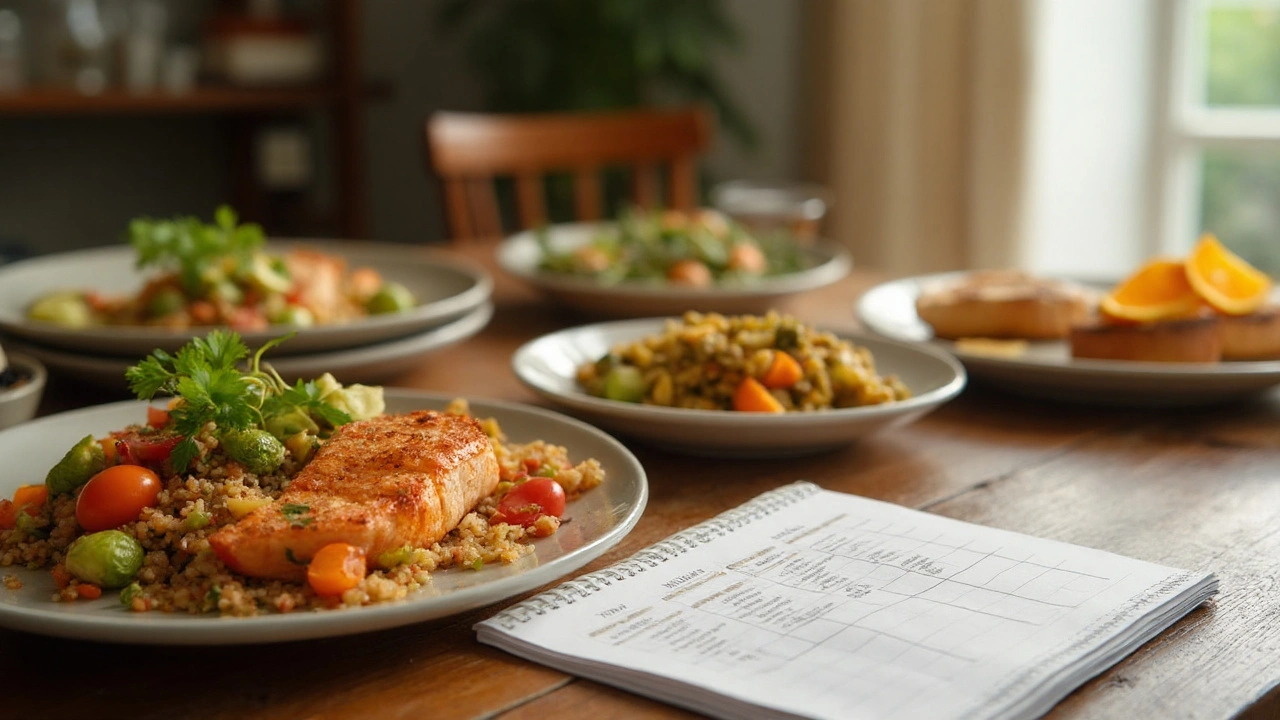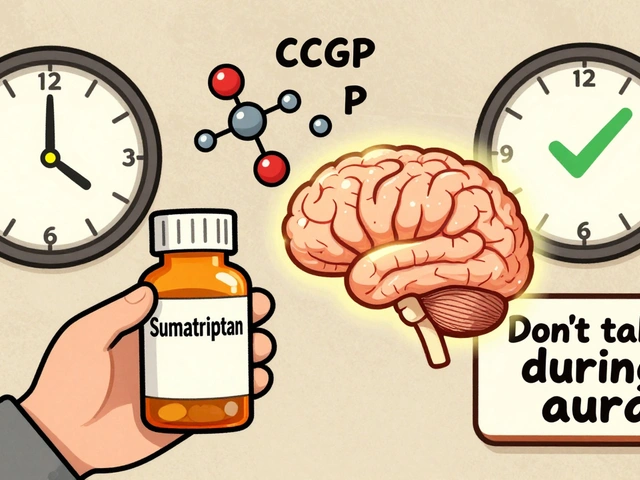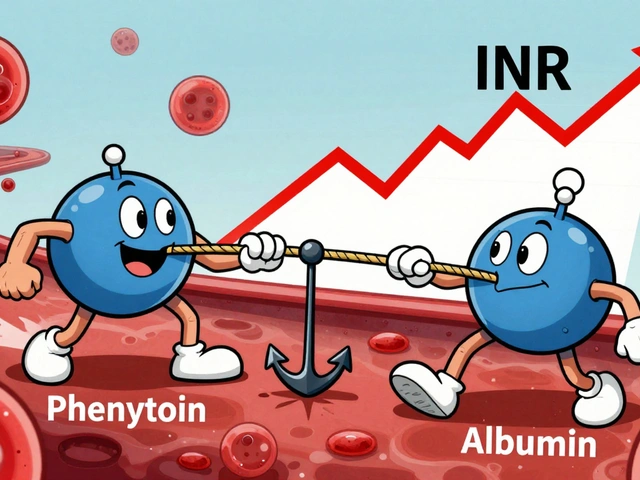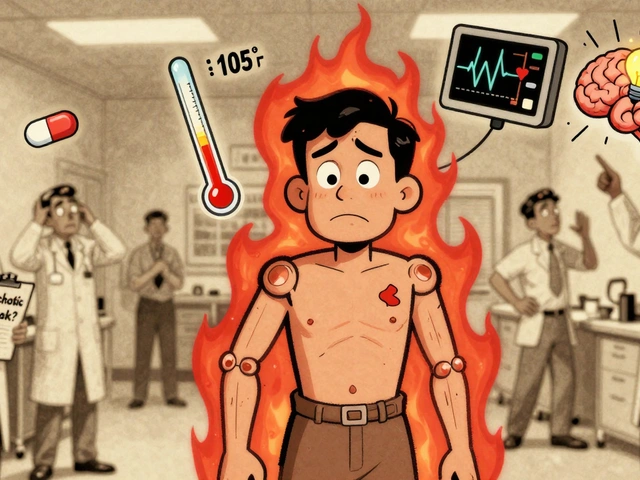Folic acid deficiency is a lack of vitamin B9 in the body that hampers DNA synthesis and red blood cell production, frequently resulting in megaloblastic anemia. When the diet falls short of the 400µg daily recommendation, cells can’t divide properly, leading to oversized, immature red cells and a host of symptoms like fatigue, glossitis, and shortness of breath. The good news? Food can fix it faster than most pills, especially when you know which nutrients, foods, and habits matter.
Why Diet Beats Supplements in Most Cases
Whole‑food sources provide folate in its natural polyglutamate form, which the gut absorbs more efficiently than the synthetic monoglutamate found in many tablets. Moreover, folate‑rich foods come bundled with other micronutrients that support the same metabolic pathways, creating a synergistic effect.
For example, leafy green vegetables are packed with folate (up to 194µg per 100g), vitaminC, and iron. VitaminC protects folate from oxidative loss during cooking, while iron is essential for hemoglobin formation. This trio works together to improve the red blood cell production cycle, reducing the risk of macrocytic anemia.
Key Players in the Folate‑Anemia Chain
- Megaloblastic anemia is a type of macrocytic anemia characterized by large, immature red cells caused primarily by folate or vitaminB12 shortage.
- VitaminB12 works hand‑in‑hand with folate in the methylation cycle; a B12 deficit can mask folate deficiency symptoms, making diagnosis tricky.
- Homocysteine is an amino acid that spikes when folate or B12 levels drop, increasing cardiovascular risk and indicating poor folate status.
- Pregnancy raises folate needs to 600µg daily because the developing neural tube depends on adequate DNA synthesis.
- Neural tube defects such as spina bifida are directly linked to insufficient maternal folate during the first 28days of gestation.
Top Natural Sources and Their Folate Punch
| Food Category | Folate per 100g | Typical Cost (USD) | Preparation Tips |
|---|---|---|---|
| Spinach | 194µg | 0.90 | Lightly steam 2‑3min to retain folate |
| Lentils (cooked) | 181µg | 0.70 | Rinse, simmer 20min; avoid over‑cooking |
| Asparagus | 149µg | 1.20 | Grill or roast 5‑7min; preserve green tips |
| Fortified breakfast cereal | 140µg | 0.40 | Eat with low‑fat milk or fortified plant‑based milk |
| Orange juice (fortified) | 130µg | 0.60 | Consume fresh; avoid excessive heat |
Notice how natural sources often deliver more folate per gram than fortified products, but fortified foods win on cost and convenience. The best strategy mixes both: a daily cup of fortified juice plus a handful of greens ensures you stay above the 400µg target without breaking the bank.
Designing a folic acid deficiency diet That Works
- Breakfast: 250ml fortified orange juice (130µg) + 2 slices whole‑grain toast topped with avocado (30µg) and a poached egg (adds B12).
- Mid‑morning snack: A small bowl of mixed berries (10µg) with Greek yogurt (provides protein and calcium).
- Lunch: Spinach salad (194µg) with grilled chicken, cherry tomatoes, and a mustard‑vinaigrette (vitaminC helps folate absorption).
- Afternoon snack: ¼ cup roasted chickpeas (80µg) seasoned with turmeric (anti‑inflammatory).
- Dinner: Lentil stew (181µg) with carrots, onions, and a side of quinoa (adds iron and magnesium).
- Evening tip: If you’re pregnant or planning pregnancy, add a prenatal supplement containing 600µg folic acid to cover any shortfall.
This menu supplies roughly 915µg of folate-more than double the daily requirement-while balancing calories and other micronutrients.

Common Pitfalls that Undermine Folate Absorption
- Alcohol interferes with folate transport across the intestinal wall; limiting intake to ≤1drink per day protects your levels.
- Methotrexate (a common rheumatoid arthritis drug) competitively inhibits dihydrofolate reductase, dramatically lowering folate stores-patients should discuss supplementation with their physician.
- Excessive heat destroys folate; boil vegetables for the shortest time possible or steam to preserve nutrient content.
- Fiber overload can bind folate and reduce absorption; balance high‑fiber foods with adequate fluid intake.
How Genetics Influence Your Folate Needs
The MTHFR gene mutation reduces the enzyme activity that converts dietary folate to its active 5‑methyltetrahydrofolate form. People with the common C677T variant may need 1.5‑2times more folate from diet or use the methylated form (5‑MTHF) in supplements.
If you have a family history of cardiovascular disease or recurrent pregnancy loss, consider genetic testing. Tailoring your folic acid deficiency diet to your genotype can prevent both anemia and downstream complications.
Related Topics Worth Exploring
Understanding folate’s role opens doors to several adjacent health areas. For instance, the homocysteine pathway links folate, B12, and B6 to heart health. Likewise, macrocytic anemia includes both folate‑ and B12‑related cases, prompting a broader differential diagnosis. Readers might also dive into prenatal nutrition for a deeper look at how early folate intake shapes lifelong health.
Putting It All Together: A Quick Checklist
- Aim for ≥400µg folate daily (600µg if pregnant).
- Include at least three natural folate sources each day (spinach, lentils, asparagus).
- Pair folate‑rich foods with vitaminC to boost absorption.
- Limit alcohol and high‑heat cooking methods.
- Review medications (e.g., methotrexate) with your doctor.
- Consider genetic testing if you have a personal or family history of anemia.

Frequently Asked Questions
Can I cure folic acid deficiency without supplements?
Yes, most mild deficiencies respond to dietary changes alone. By eating a variety of folate‑rich foods-leafy greens, legumes, and fortified grains-you can often raise serum folate into the normal range within 4‑6 weeks.
How long does it take to see improvement in anemia symptoms?
When the diet supplies adequate folate, reticulocyte count typically rises within 7‑10 days, and hemoglobin improves over 4‑8 weeks. Persistent symptoms may signal a concurrent B12 deficiency or another underlying issue.
Is fortified cereal enough for pregnant women?
Fortified cereal can cover a large portion of the 600µg requirement, but it lacks vitaminB12 and iron. Combine it with a B12‑rich source (e.g., dairy, eggs) and an iron source (e.g., lentils) for a balanced prenatal plan.
What foods should I avoid while treating folate deficiency?
High‑temperature cooking (deep‑frying, long boiling) destroys folate, so prefer steaming or quick sautéing. Also, limit alcohol and raw cruciferous vegetables if you have a known MTHFR mutation, as they contain compounds that can further reduce folate availability.
Can a low‑folate diet increase my heart disease risk?
Elevated homocysteine, a marker of low folate/B12, is linked to endothelial damage and clot formation. Maintaining adequate folate reduces homocysteine levels, thereby lowering cardiovascular risk over the long term.
Should I test my folate levels before changing my diet?
A simple serum folate test is inexpensive and can confirm deficiency. However, if you have classic symptoms (fatigue, glossitis) and a diet low in greens, you can start dietary adjustments while awaiting test results.










Totally agree that whole‑food folate trumps synthetic pills – the polyglutamate form rides the one‑carbon metabolism highway way better than monoglutamate. If you sprinkle a bit of citrus on your spinach, you’re basically shielding that folcic acid from oxidative loss, which is a win. Also, pairing legumes with Vitamin C‑rich peppers cranks up absorption like a turbocharger.
Wow, just think about how a handful of fresh greens can flip the whole anemia story on its head – it’s like a sunrise after a long night of fatigue.
It’s ridiculous how many people rely on cheap fortified cereals while ignoring the moral responsibility to eat real vegetables. Natural folate sources not only feed the body but also respect the earth, unlike processed junk that strips nutrients and fuels industrial waste.
In accordance with current nutritional guidelines, incorporating at least two servings of leafy greens daily ensures adequate folate intake. Complementary foods rich in vitamin C, such as bell peppers, should be included to enhance bioavailability.
The relationship between diet and blood health mirrors the balance of mind and matter; when we nourish our cells with genuine folate, we restore harmony to the circulatory system. Consider the act of steaming spinach as a mindful ritual that supports cellular division.
I’ve seen friends go from constant exhaustion to steady energy once they added lentils and a splash of orange juice each morning. It’s amazing how a small tweak can lift the fog and let you enjoy the day again.
A well‑planned folate‑rich diet can practically eliminate mild deficiency without the need for high‑dose pills. Start your day with a cup of fortified orange juice, which gives you roughly one‑third of the daily requirement. Add a handful of fresh spinach to a smoothie or a warm salad, and you’ll gain another 40‑percent of what you need. Lentils, whether in a stew or a simple soup, provide a dense source of folate and also supply protein and iron. Remember to keep cooking times short; steaming vegetables for three to five minutes preserves most of the folate content. Pairing those greens with a source of vitamin C, such as cherry tomatoes or a squeeze of lemon, protects the folate from oxidative damage. If you are pregnant or planning a pregnancy, aim for at least 600 µg of folate each day, which can be achieved by combining natural foods with a prenatal supplement. For individuals with the MTHFR C677T variant, consider using methylated folate supplements or increasing the intake of leafy greens by 50 percent. Alcohol consumption should be limited to one drink per day, as ethanol interferes with folate absorption in the intestinal lining. Certain medications like methotrexate can deplete folate stores, so discuss any needed supplementation with your healthcare provider. High‑fiber diets are beneficial, but be sure to drink enough water to avoid binding folate in the gut. Regular blood tests every few months can monitor your serum folate and homocysteine levels, giving you objective feedback on your progress. In addition to folate, ensure adequate intake of vitamin B12 and iron, because these nutrients work together in red blood cell formation. A balanced plate might look like a bowl of lentil stew, a side of steamed asparagus, and a piece of whole‑grain toast with avocado. By following these simple, affordable steps, you can keep your blood healthy, reduce anemia risk, and support overall well‑being.
Listen, the universe conspires against you when you ignore the primal truth that whole foods are the ultimate medicine; synthetic folate is nothing but a fleeting illusion.
Eat the greens and feel the boost! 🌱
Stop relying on processed snacks – real nutrition demands real effort.
Foliate your life!!! 💪💥 Eat spinach, lentils, asparagus!!! Boost that red cell factory!!! 🌟
Should you require a clear plan, aim for three folate‑rich servings per day, monitor your blood work, and consult a dietitian for personalized guidance.